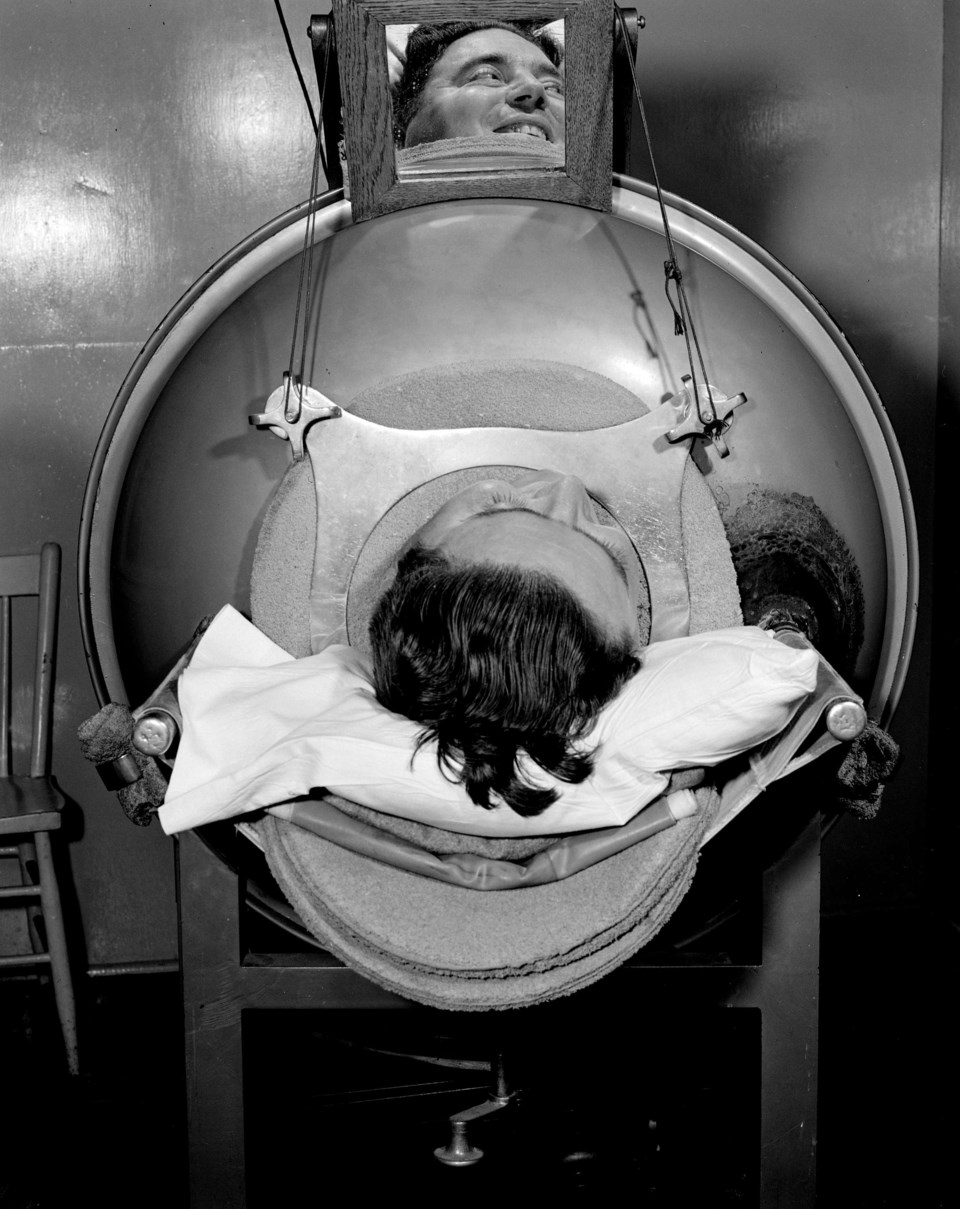It is fascinating in a way it wasn’t before COVID-19, to look back at how the polio epidemic played out in �鶹�����in the 1950s.
Now, learning about that time in our history is somehow more chilling and interesting.
While the current wait for our turn at the COVID-19 vaccine can seem agonizing for some of us — as we remain in one form of isolation or another — imagine being in �鶹�����in 1952, as polio picked off neighbours and relatives, and the wait for a shot was years away?
That seems impossibly long through the COVID-19 lens where we are already seeing the rollout of a vaccine less than one year from the pandemic being declared.
There was also an interesting difference in the distribution of information.
While �鶹�����residents didn’t have the same moment-by-moment statistical updates we have with this pandemic, individuals were routinely named in the paper as having the poliovirus.
This meant locals could see firsthand how the virus was impacting their community.
Some other societal characteristics that are different today complicate things with COVID-19. Firstly, people in the 50s, as told The Chief, trusted their doctors and leaders more than we do today.
Of course, blind trust is never a good thing and the transparency of today — with even the study protocols of the current vaccines online, along with dashboards full of data — is surely positive.
But all this access to information has led some laypeople to think they know more than experts in their fields, when in fact a little more trust in those who dedicate their lives to science and medicine may be well-placed.
Hammond also notes that today our culture is much more individualistic than collective.
Again, of course, self-sacrifice is not always a positive thing, but the idea that one doesn’t need to social distance or get a vaccine because COVID-19 isn’t as much of a threat for your age group, for example, is a far cry from the “we are in this together,” philosophy that saw an almost 100% vaccination rate in the 50s in Squamish.
Something else for us to reflect on when looking back at polio is how, as Hammond said, polio was a “missile” aimed at children whereas today, the pandemic is aimed squarely at our elders.
How often have local online threads about COVID been full of ageist posts that equate to: “they are old anyway”?
More than anything else, as we individually decide daily whether or not to obey health orders or line up for our turn at the vaccine, perhaps that is something for each of us to reflect on in Squamish: “How do we value our seniors in town and what does that say about our times?”
One day, the next generations will thumb through our newspapers (hopefully) and records to see how we handled this pandemic.
Will they admire what they see?
That is up to us.




